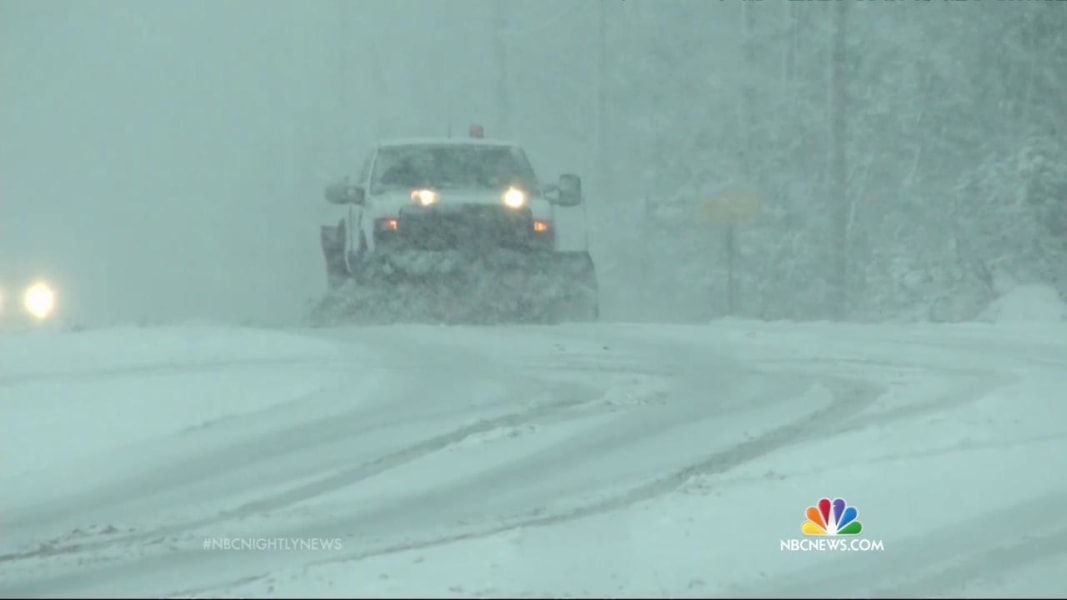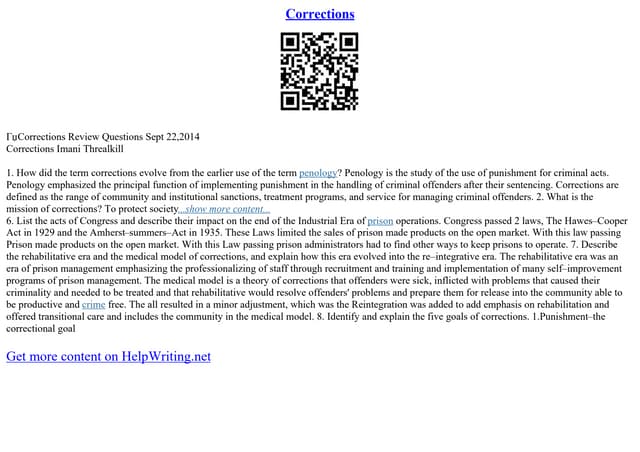Russia's Faltering Spring Offensive: Can Better Weather Turn The Tide?

Table of Contents
The Challenges of the "Rasputitsa"
The infamous "rasputitsa," or mud season, has presented a significant obstacle to Russia's spring offensive. This period of thaw and heavy rains transforms the Ukrainian landscape into a quagmire, severely impacting military mobility and logistical capabilities. The impact on Russia's military campaign has been profound.
-
Impassable Terrain: The muddy conditions rendered many roads and tracks impassable, significantly slowing the advance of Russian armored columns and supply convoys. Images from satellite imagery clearly show the extensive areas of mud impacting Russian military movements, especially in the Donbas region.
-
Supply Shortages: The difficulty in moving supplies resulted in critical shortages of ammunition, fuel, and food for Russian troops on the front lines, hindering their operational effectiveness. This logistical nightmare contributed significantly to the slow progress of the offensive.
-
Equipment Losses: The heavy, muddy terrain led to increased breakdowns and damage to Russian military vehicles, further exacerbating the logistical challenges and reducing combat power. The losses in equipment were substantial, hindering their ability to maintain a consistent and effective offensive.
-
Exploitation by Ukraine: Ukrainian forces skillfully exploited these Russian logistical weaknesses, using ambushes and targeted strikes against vulnerable supply lines and isolated units.
-
Analysis of Satellite Imagery: Independent analysis of satellite imagery reveals the significant impact of the "rasputitsa" on Russian armored formations, showcasing vehicles stuck in mud and highlighting the disruption to their planned advances.
Ukrainian Resistance and Defensive Capabilities
The challenges faced by Russia's spring offensive are not solely attributable to the "rasputitsa." Strong Ukrainian resistance and effective defensive strategies have also played a crucial role in limiting Russian gains.
-
Robust Defensive Lines: Ukrainian forces have established well-fortified defensive positions, utilizing trenches, bunkers, and extensive minefields to slow and disrupt the advance of Russian troops.
-
Effective Artillery: The skillful and precise use of artillery, supported by Western-supplied precision-guided munitions, has inflicted heavy casualties and damage on advancing Russian units, hindering their progress.
-
Anti-Tank Weapons: The provision of Western anti-tank weapons, such as Javelin and NLAW systems, has proven highly effective in neutralizing Russian armored vehicles, a key component of their offensive capabilities.
-
Ukrainian Counter-Offensives: Ukrainian forces have conducted effective counter-offensives in certain sectors, disrupting Russian operations and further hindering their ability to achieve their objectives. These counter-offensives have further complicated the situation for Russian forces.
-
Western Military Aid: The continuous flow of Western military aid has significantly enhanced the Ukrainian military's capabilities, enabling them to effectively resist the Russian offensive.
The Potential Impact of Improved Weather
As the spring thaw progresses, improved weather conditions are expected to significantly impact the battlefield. This raises the question of whether Russia can exploit this to revitalize its spring offensive.
-
Increased Mobility: The improved road conditions will undoubtedly increase the mobility of both sides, facilitating faster troop movements and resupply efforts.
-
Logistical Improvements: Russia's ability to resupply its forces will improve significantly, potentially leading to a more sustained and aggressive offensive.
-
Enhanced Ukrainian Maneuverability: However, Ukraine will also benefit from better weather conditions, enhancing their ability to maneuver troops and reinforce vulnerable areas along the front lines.
-
Uncertainty of Decisive Advantage: Analysts remain divided on whether improved weather will give Russia a decisive military advantage. The effectiveness of a renewed Russian offensive depends on many other factors beyond weather conditions.
-
Operational Tempo: The increased mobility offered by better weather will certainly influence the operational tempo for both sides, potentially leading to more dynamic and intense fighting.
Alternative Strategies and Russian Adaptations
Russia may be forced to adapt its military strategy to account for the difficulties encountered in its spring offensive. Several adjustments are possible:
-
Tactical Adjustments: Expect Russia to refine its tactical approaches, perhaps incorporating lessons learned from previous setbacks.
-
Increased Air and Missile Strikes: A greater reliance on air power and long-range missile strikes to bypass Ukrainian defenses and soften up targets is highly likely.
-
Further Mobilization: Further mobilization and conscription efforts could be undertaken to bolster the numbers of ground troops engaged in the offensive.
-
Wagner Group Role: The role of the Wagner Group and other private military companies may increase in intensity.
Conclusion
Russia's spring offensive has encountered substantial challenges due to the harsh conditions of the "rasputitsa" and stiff Ukrainian resistance. While improved weather conditions may offer some advantages, the success of any renewed offensive will hinge on a multitude of intertwined factors, including the effectiveness of Russian tactics, the resilience of Ukrainian defenses, and the ongoing supply of Western military aid. The outcome remains highly uncertain. Analyzing the impact of weather, alongside other strategic considerations, is paramount to understanding the shifting dynamics of this complex conflict.
Call to Action: Stay informed about the ongoing developments in Ukraine. Continue to follow our updates on Russia's spring offensive and the crucial role of weather and other factors in shaping the conflict. Learn more about the multifaceted challenges presented by Russia's spring offensive and its implications for the war in Ukraine.

Featured Posts
-
 Our Yorkshire Farm A Sibling Update From Reuben Owen
Apr 30, 2025
Our Yorkshire Farm A Sibling Update From Reuben Owen
Apr 30, 2025 -
 Police Watchdog Seeks Ofcom Investigation Into Chris Kaba Panorama Episode
Apr 30, 2025
Police Watchdog Seeks Ofcom Investigation Into Chris Kaba Panorama Episode
Apr 30, 2025 -
 Louisvilles Early 2025 Weather Crisis Snow Tornadoes And Devastating Floods
Apr 30, 2025
Louisvilles Early 2025 Weather Crisis Snow Tornadoes And Devastating Floods
Apr 30, 2025 -
 Implementing A System For Corrections And Clarifications
Apr 30, 2025
Implementing A System For Corrections And Clarifications
Apr 30, 2025 -
 La Scomparsa Di Mario Nanni Un Vuoto Incolmabile Nel Mondo Del Giornalismo
Apr 30, 2025
La Scomparsa Di Mario Nanni Un Vuoto Incolmabile Nel Mondo Del Giornalismo
Apr 30, 2025
